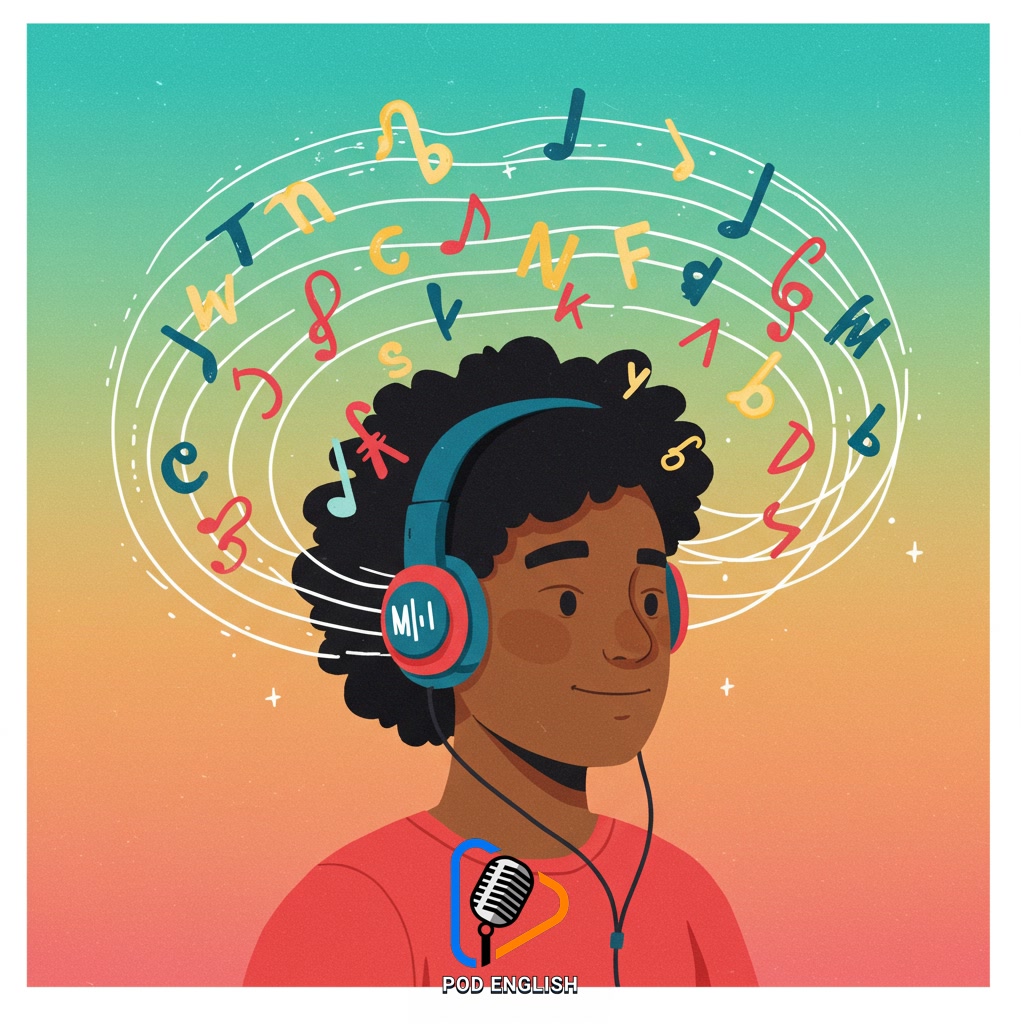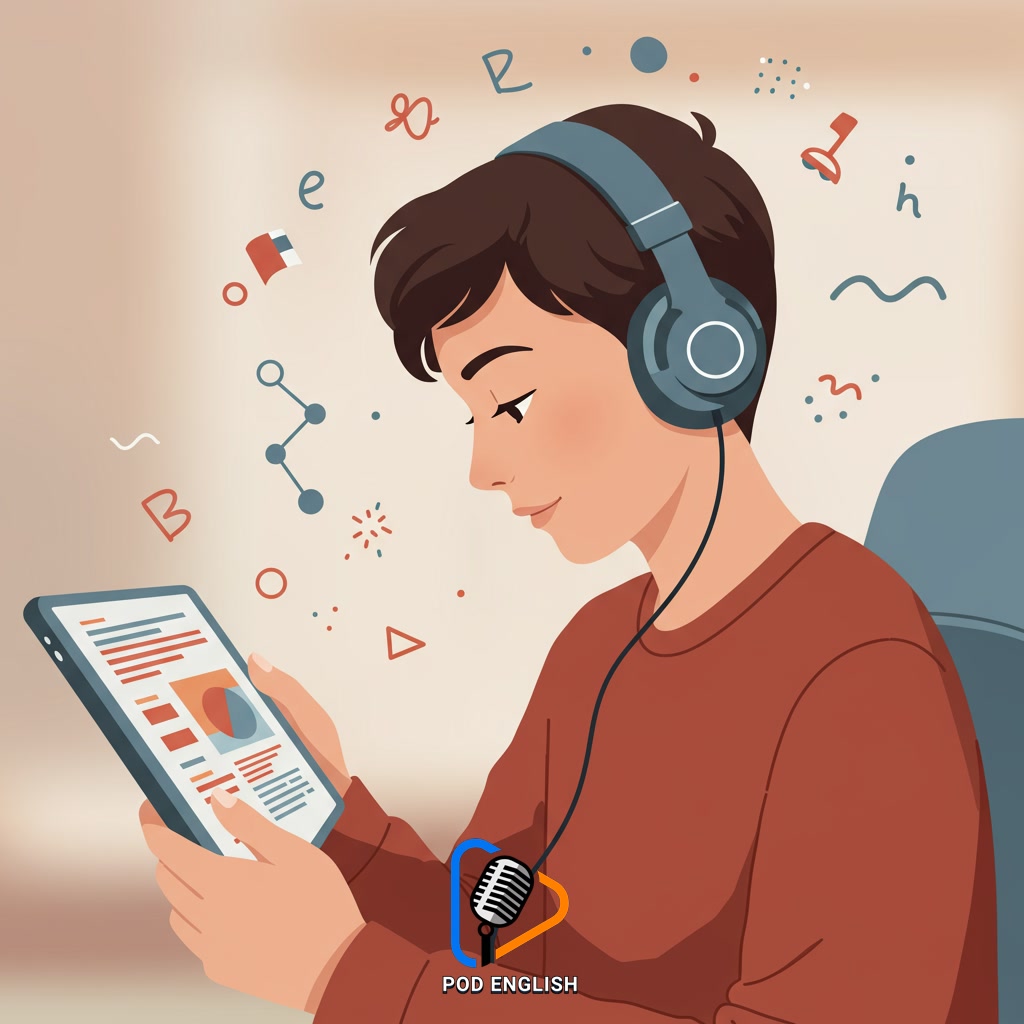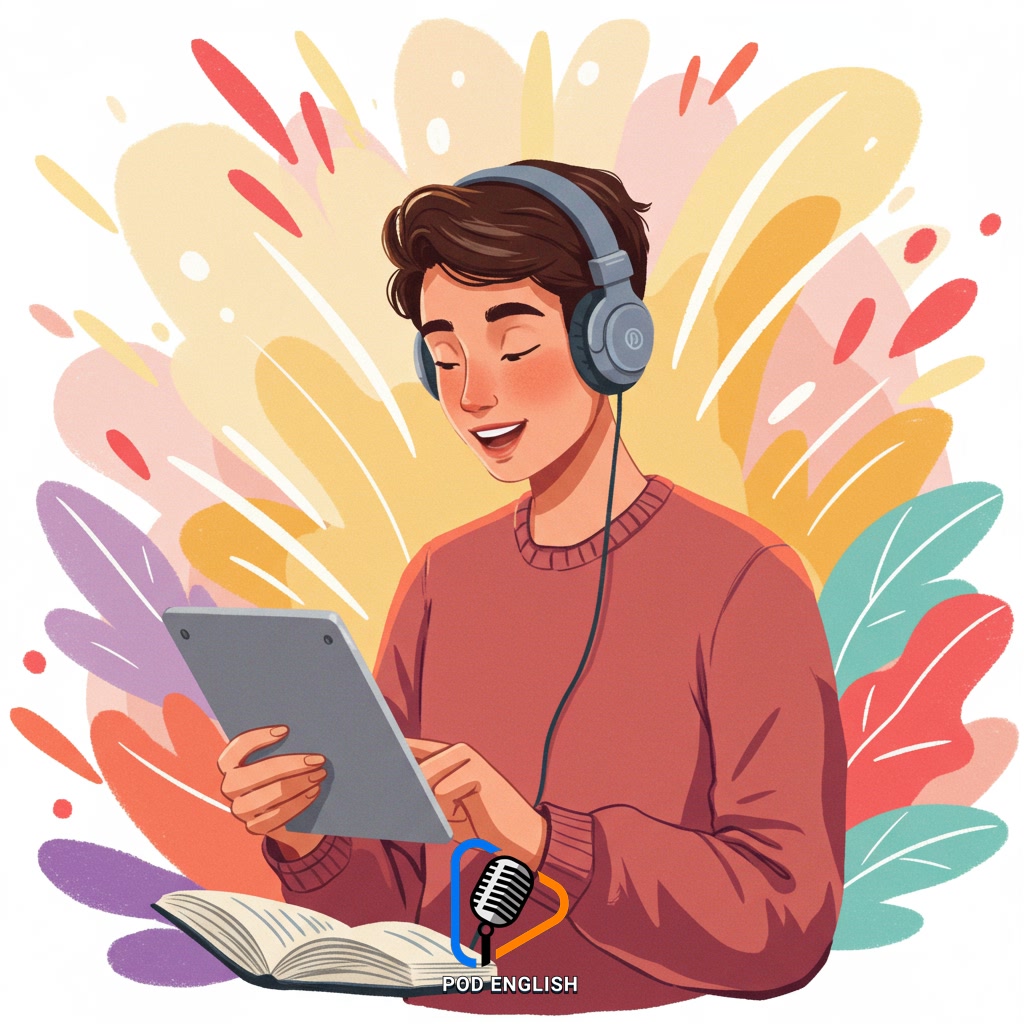Learn English
Use Your Favorite Songs to Stay Motivated While Learning English

This content discusses how utilizing your favorite songs can significantly boost motivation when you study English. Engaging with music you enjoy provides a fun and effective way to enhance language skills. It offers practical methods for incorporating songs into your English practice, aiding improvement in listening comprehension, vocabulary acquisition, and overall understanding. This method makes the path to studying English more appealing and helps maintain consistency.
Table of Contents
- Section 1: Why Music is a Powerful Tool for English Learners
- Section 2: Choosing Your Soundtrack: Picking the Right Songs
- Section 3: Practical Techniques to Learn English with Music
- Section 4: Boosting Vocabulary, Grammar, and Pronunciation Through Lyrics
- Section 5: How Music Keeps Your Motivation Levels High
- Section 6: Integrating Music into Your Daily Study Routine
- Section 7: Sing Your Way to Fluency: Making Learning Enjoyable
Section 1: Why Music is a Powerful Tool for English Learners
Music is an incredibly powerful resource for anyone learning English. Unlike traditional study methods that can sometimes feel repetitive, songs engage your emotions and make the learning process more enjoyable and memorable. When you listen to your favorite tracks, you’re exposed to authentic English used in a natural, conversational way. The rhythm and melody of songs help you understand pronunciation, intonation, and the flow of spoken English, making it easier to mimic native speakers. Furthermore, lyrics are a fantastic source of new vocabulary and common phrases, often repeated in a way that aids memorization. This combination of enjoyment, authentic language exposure, and repetition makes music a highly effective and motivating tool to enhance your English skills.

Why Music is a Powerful Tool for English Learners
Section 2: Choosing Your Soundtrack: Picking the Right Songs
Now that you know how powerful music can be for learning, the next crucial step is choosing the right songs for your personal soundtrack. It’s not just about picking any song; selecting tracks that truly resonate with you is key. Start with music you genuinely enjoy listening to, regardless of the language. Then, look for songs with relatively clear vocals and a pace that isn’t too fast, especially when you’re just beginning. Consider genres you love, as familiarity will make the process more enjoyable. Don’t be afraid to explore different artists and styles, but always prioritize songs where you can reasonably follow the lyrics, even if you don’t understand every single word initially. Choosing music you’re excited about will make diving into the lyrics and pronunciation much more motivating.

Section 3: Practical Techniques to Learn English with Music
Now that you’ve selected your motivating soundtrack, let’s explore practical ways to use these songs to boost your English skills effectively. Start by listening actively to the music without looking at the lyrics first to improve your listening comprehension. Try to catch familiar words and phrases. Next, find the lyrics online and listen again, reading along. This helps connect the sounds you hear with the written words and improves vocabulary recognition. Don’t be afraid to look up words or phrases you don’t understand. A fun step is singing along! This practice improves pronunciation and fluency. Finally, analyze the song’s structure, grammar points, and common expressions. Repeatedly engaging with your favorite songs in these ways makes learning enjoyable and reinforces what you’ve learned.

Practical Techniques to Learn English with Music
Section 4: Boosting Vocabulary, Grammar, and Pronunciation Through Lyrics
Once you’ve listened actively, the next step is to dive into the lyrics themselves. Reading along with the words allows you to see the vocabulary used in context. Highlight or note down new words and phrases you encounter. Pay close attention to how sentences are structured within the song – this is a fantastic way to observe natural grammar patterns in action. Furthermore, singing along or repeating lines helps you practice pronunciation and intonation. By focusing on matching the sounds you hear in the song, you train your mouth and tongue to produce English sounds more accurately. This multi-sensory approach, combining listening, reading, and speaking (or singing), makes learning vocabulary, grammar, and pronunciation much more effective and memorable than just studying from a textbook.

Boosting Vocabulary, Grammar, and Pronunciation Through Lyrics
Section 5: How Music Keeps Your Motivation Levels High
Using your favorite songs for English practice isn’t just effective; it’s genuinely fun, and that’s key to staying motivated. When you engage with music you love, it taps into your emotions and makes the learning process enjoyable rather than feeling like a chore. This enjoyment naturally makes you want to spend more time listening, singing along, and exploring the lyrics. Each time you understand a new phrase, recognize a word you’ve learned, or can sing along more confidently, you get a small boost of accomplishment. This positive reinforcement encourages you to continue. Unlike repetitive exercises that might feel tedious, revisiting a favorite song multiple times for practice remains engaging because you already have a positive connection to the music itself. This consistent enjoyment and sense of progress are powerful drivers for maintaining high motivation levels throughout your English learning journey.

How Music Keeps Your Motivation Levels High
Section 6: Integrating Music into Your Daily Study Routine
Building on the idea that using your favorite music is a fun way to learn, integrating it into your daily routine is simpler than you might think. Start by dedicating a short, consistent time each day, perhaps 15-20 minutes. This could be during your commute, while you’re exercising, or just relaxing at home. Listen actively to a song, trying to catch familiar words and phrases. Then, find the lyrics online and read along as you listen again. This links the spoken sound to the written word and helps with spelling and comprehension. Don’t be afraid to sing along; it improves pronunciation and rhythm. Regularly finding new English songs you genuinely enjoy keeps the process fresh and prevents it from feeling like a chore, making daily practice a motivating and effective habit.

Integrating Music into Your Daily Study Routine
Section 7: Sing Your Way to Fluency: Making Learning Enjoyable
Following the idea of daily integration, actively engaging with songs by singing along is a powerful step towards fluency. It’s not just about listening; opening your mouth and singing helps you practice pronunciation, rhythm, and intonation in a natural, low-pressure environment. This active participation makes the learning process incredibly enjoyable, turning study time into fun time. By imitating native speakers in the songs, you train your mouth and ears, solidifying new vocabulary and grammatical structures without the stress of formal practice. This playful approach builds confidence and makes the journey to speaking English more fluent and effortless.

Sing Your Way to Fluency: Making Learning Enjoyable













